Upstream nymphing transformed my fishing. When I first started out, I was so overwhelmed by all the different fly-fishing techniques out there. I spent hours using the wrong methods, messing around with dry flies in dead water or trying similar tactics that worked on stillwaters, such as stipping lures back through slow water. This resulted in lots of blank sessions.
Learning to fish nymphs made my catch rate go up exponentially, and it was at this point that river fly fishing started to click for me! If you are a beginner, I recommend learning how to upstream nymph because not only will you catch lots of fish, but you’ll also learn fundamental river fishing skills.
Why should learn how to fish nymphs upstream
Subsurface food items easily make up the majority of what trout eat; aquatic flies spend almost all of their lives as nymphs and are readily available.
It is this availability that makes nymphing such an effective fly-fishing method. Unlike dry fly fishing, you don’t need the stars to align and rise to catch lots of fish. Trout and grayling will feed on nymphs washed down by the current all day long.
Not only is nymph fishing effective, but it also teaches you a lot about the stream and the fish. It will teach you about the effect of drag caused by current seams and how to present your fly and cast accurately.
Tackle needed for fishing the upstream nymph
There are a vast array of specialist nymphing rods on the market. Luckily, fishing the traditional upstream nymph isn’t a method where an ultramodern nymphing rod is needed.
You can fish the upstream nymph using any standard rod suitable for river fishing. The best approach is to match the length of the rod to the size of the river you are fishing. You will be doing a lot of casting over the course of the day and will need a rod which will be easy to handle under the river canopy.
As a general guide…..
Small/medium river: 6–8 foot rod up to 5 wt
Medium/large river: 8–10 foot rod up to 5 wt.
An argument can be made for longer rods due to an increase in line control thanks to the extra length, but ultimately it is a personal preference.
how to set your upstream nymphing rig up
When using this method, I never bother using a tapered leader; the weight of the fly will transfer energy and turn your cast over nicely.
How to set up…..
Use your tippet material to create a flat leader of around 9 feet in length. Attach this using the loop-to-loop connection on your fly line.
Using a welded or braided loop is fine; if I had the choice, I’d opt for the braided loop with a colored minicon as it creates some contrast and this can aid in take detection.
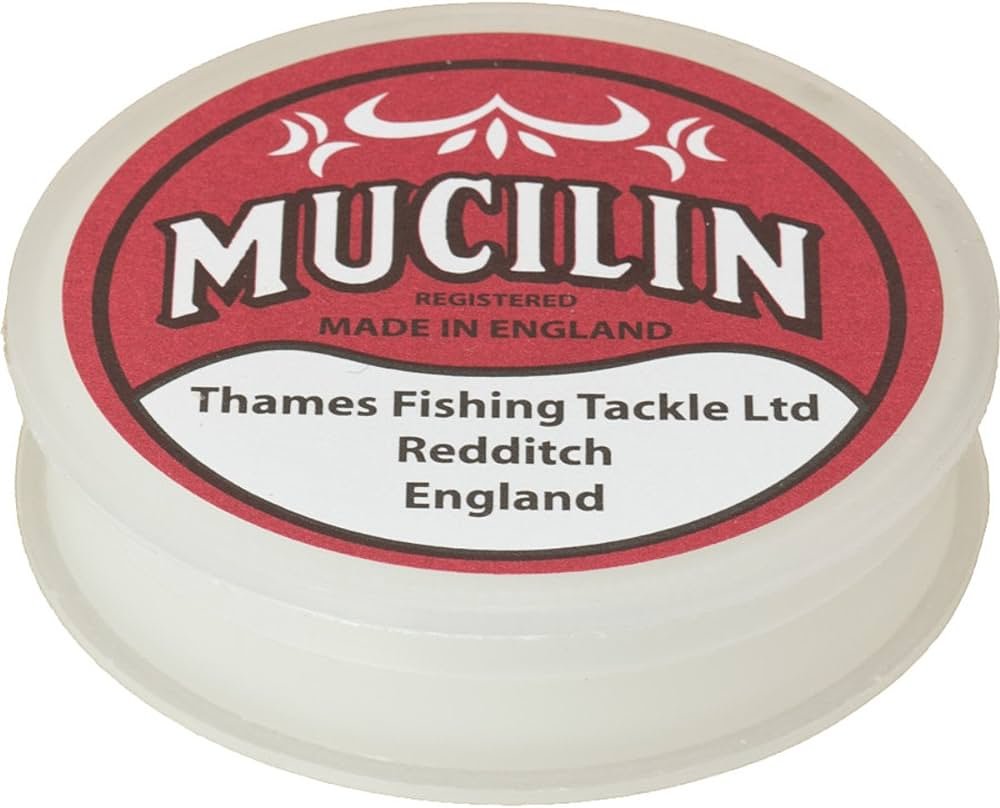
Next, use some muclin to grease your braided loop and the last few feet of the fly line. This will ensure it floats highly on the water’s surface and help us detect takes.
How to fish the upstream nymph
Fishing the upstream nymph is portrayed as a dark art in lots of fly fishing books. I have no idea why, but with a bit of concentration and practice, anyone can learn this method.
The general concept is a simple one: you cast your fly upstream and let your nymph and fly line drift back towards you, retrieving the fly line at the same pace as the current to take up the slack.
Preventing the slack line from drifting under your rod tip down stream is important for two reasons.
- If a fish takes your fly, you won’t be able to strike.
- Excess line on the water will cause drag and make your nymph look unnatural.
Being aware of different current seams and how they interact with each other is important. You need to make your nymph look as natural as possible. To do this, try not to fish across water with different current speeds. This can be avoided by standing in the flow and casting directly upstream of yourself. This way, your fly line and nymph are drifting back towards you in a straight line, which should help to minimise drag.
Get those nymphs deep
Nymphs live underneath and amongst stones on the river bed, so naturally, this is where we would expect nymphing trout and grayling to be feeding. When fishing this method, your nymphs ideally need to be fishing no more than one foot from the stream bed.
But how do you know if you are fishing deep enough?
Well, that’s easy; you should occasionally catch the bottom every few drifts.
I recommend carrying flies with a variety of tungsten bead sizes; this will allow you to easily adjust your setup to suit the section of river in front of you.
Don’t be lazy; failing to adjust your nymphs to match the depth of water can make a huge difference and can be the deciding factor whether you catch or blank.
Bite detection while nymphing
Detecting bites and striking in time is one of the more difficult parts of this style of fishing. You need to watch that braided loop like a hawk and strike at anything that looks unnatural.
If the loop stops, jerks forward, or twitches to the left or right, you must strike. This is an indication that a fish has taken your nymph.
Sometimes, takes can just be a slight pause, or other times, the loop will dive down deep towards the river bed. You must strike at everything.
A good pair of polarized sunglasses can really help to cut down on surface glare and help the braided loop stand out.
Fly section
I would argue you only need three patterns in different weights and sizes to fish effectively all year.
These would be the……
Pheasant tail, Hares ear and red tag.
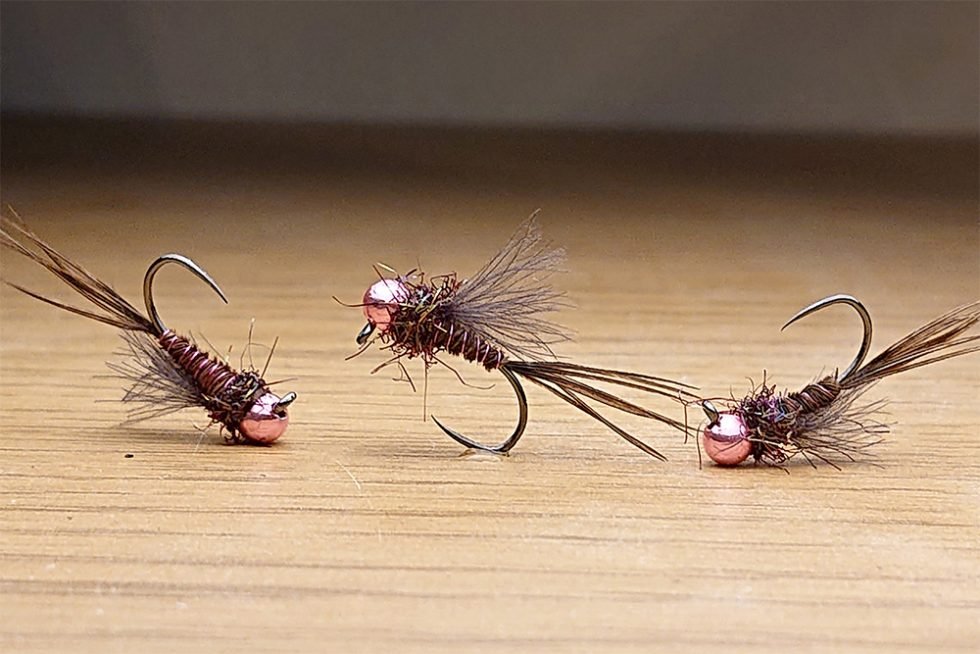
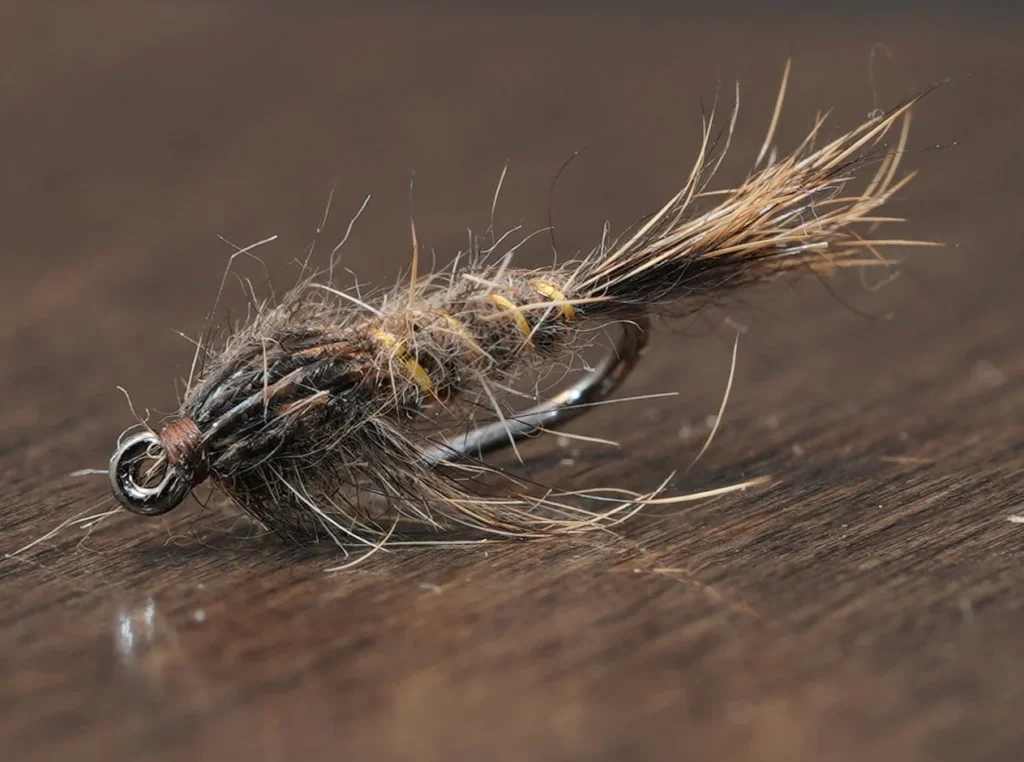
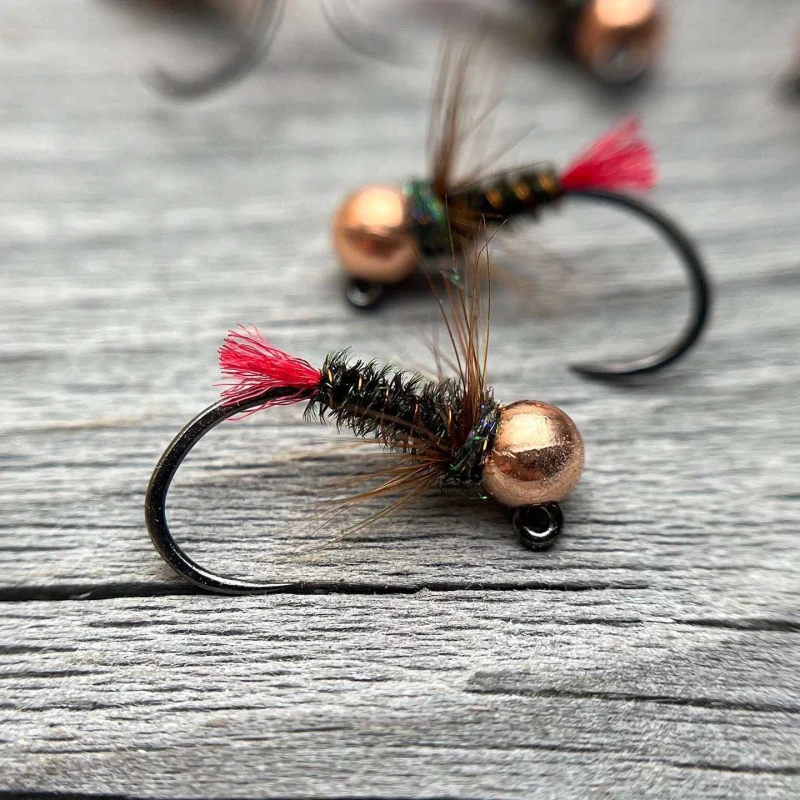
All of these flies benefit from imitating a wide range of aquatic insects. Remember, we’re fishing our nymphs in fairly fast water, and the trout won’t have time to inspect your fly, so matching the hatch exactly matters little.
Nymphs with hotspot beads and coloured tags can work very well; there are two theories on why this might be.
1. They provoke curiosity in the fish.
2. Fly visibility is increased, which makes them stand out from other food items.
In truth, it is probably a combination of both of these factors. If the water is coloured at all, a more colourful nymph is always a good bet.
Watercraft
Nymphs can be fished in all types of different water, but some are substantially more productive than others. As a general rule, you need to find areas in a stream with enough flow so the nymph can drift back towards you in a natural way.
Foam lanes
Foam lanes may as well be called food lanes if you’re a trout. Foam lanes are caused by rapid sections of the river aerating the water. The foam then drifts down the river, following the main source of flow; any items of food in the river follow this same path.
Any feeding trout will position themselves in the foam lanes so they can wait for food to be washed toward them.
Boulders, depressions and undercut banks
Fish face a battle for survival every day. Boulders, depressions in the riverbed, and undercut banks provide both cover from predators and a refuge from the main flow. By using these features of cover, trout are able to conserve energy. Plopping your nymphs behind these features is a great bet for a fish as you make your way upstream.
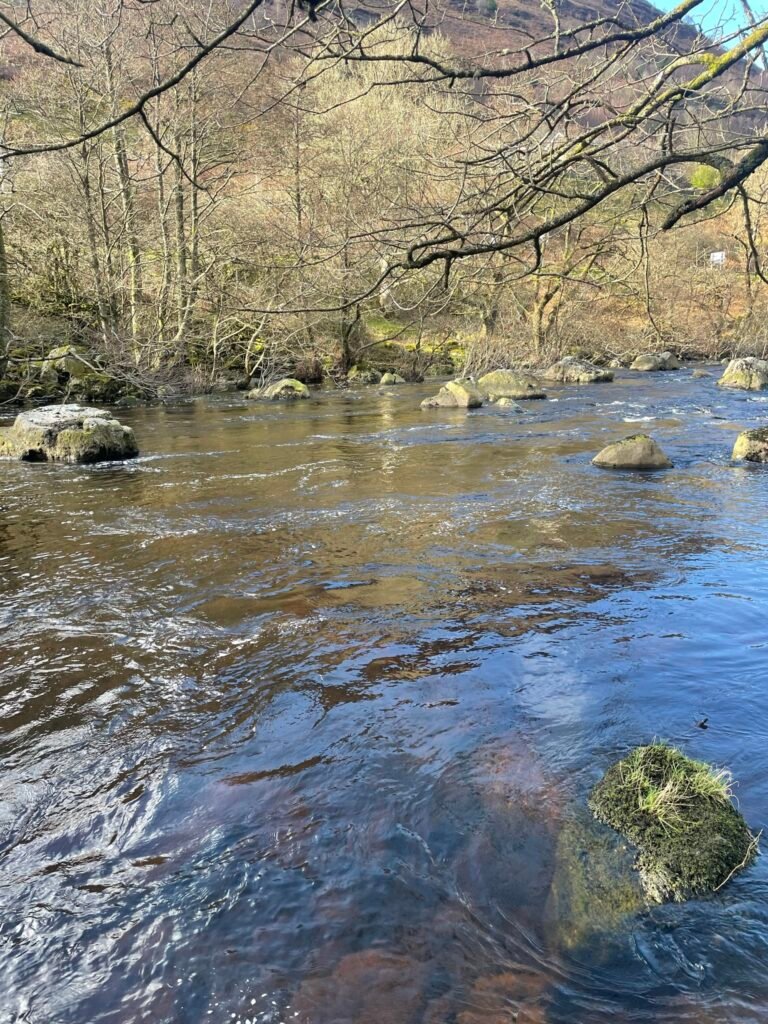
Steady glides
Areas of the river which have a smooth and almost glassy surface can be classified as a glide. When deciding whether to fish a glide you need to consider two factors, current speed and depth. As a general rule, if the section of water has a current speed slower than walking pace, it isn’t really targeting a nymph. Glides can range in depths from 2-5 foot, to fish effectively with a nymph you need to be fishing the last 1-2 feet of water from the river bed, so selecting a nymph heavy enough will be an important consideration.
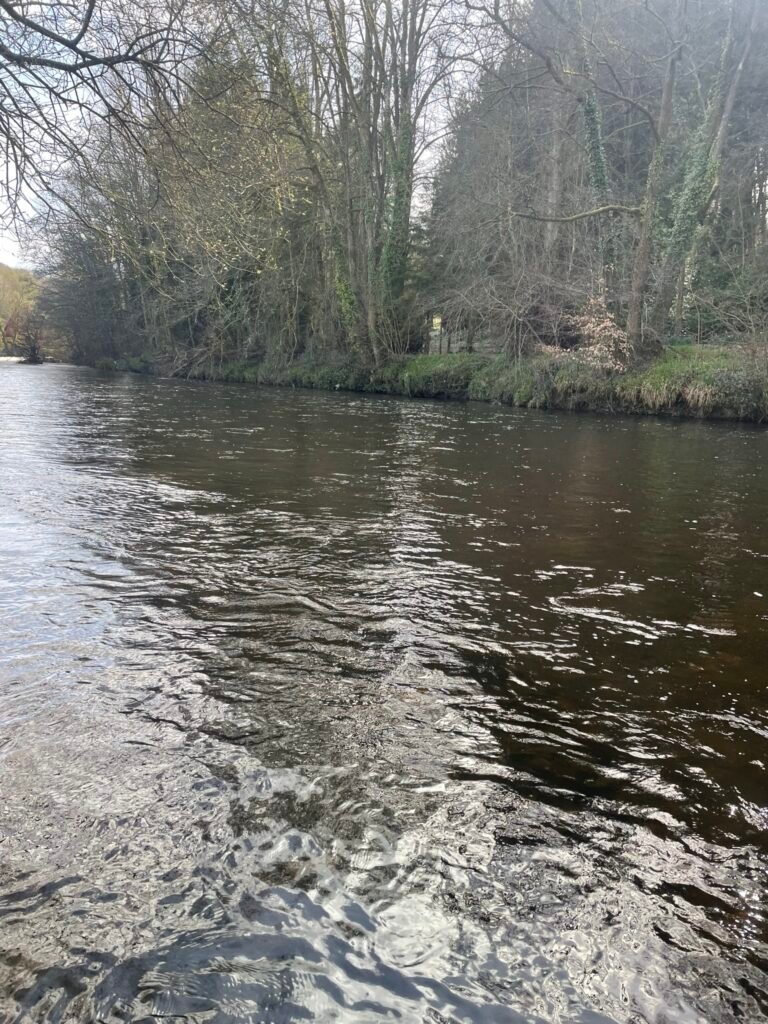
Fishing nymphs is a fundamental trout fishing skill to have in your armory, if you are new to the sport I highly recommenced you learn how to fish this fundamental method.

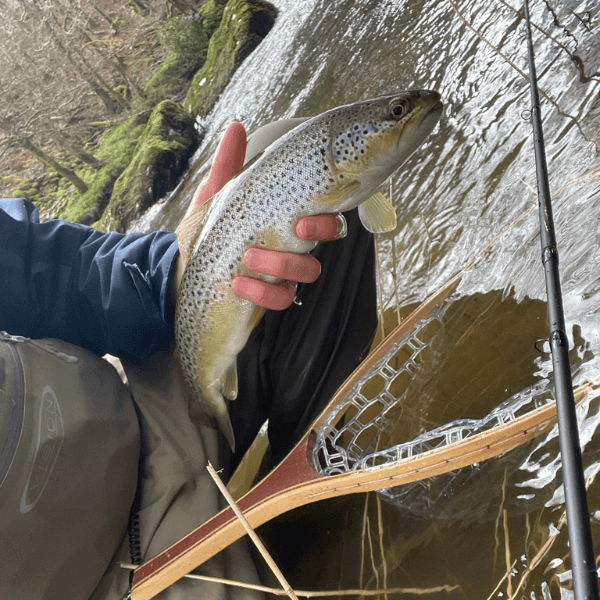
Hi James
Nice article and enjoyable video, well put together, agree 100% upstream nymphing is a great method, love upstream nymphing especially productive early season, thanks for posting on the group site. Tight lines.
Pingback: Match The Hatch - Hatch Calendar- Flyrun